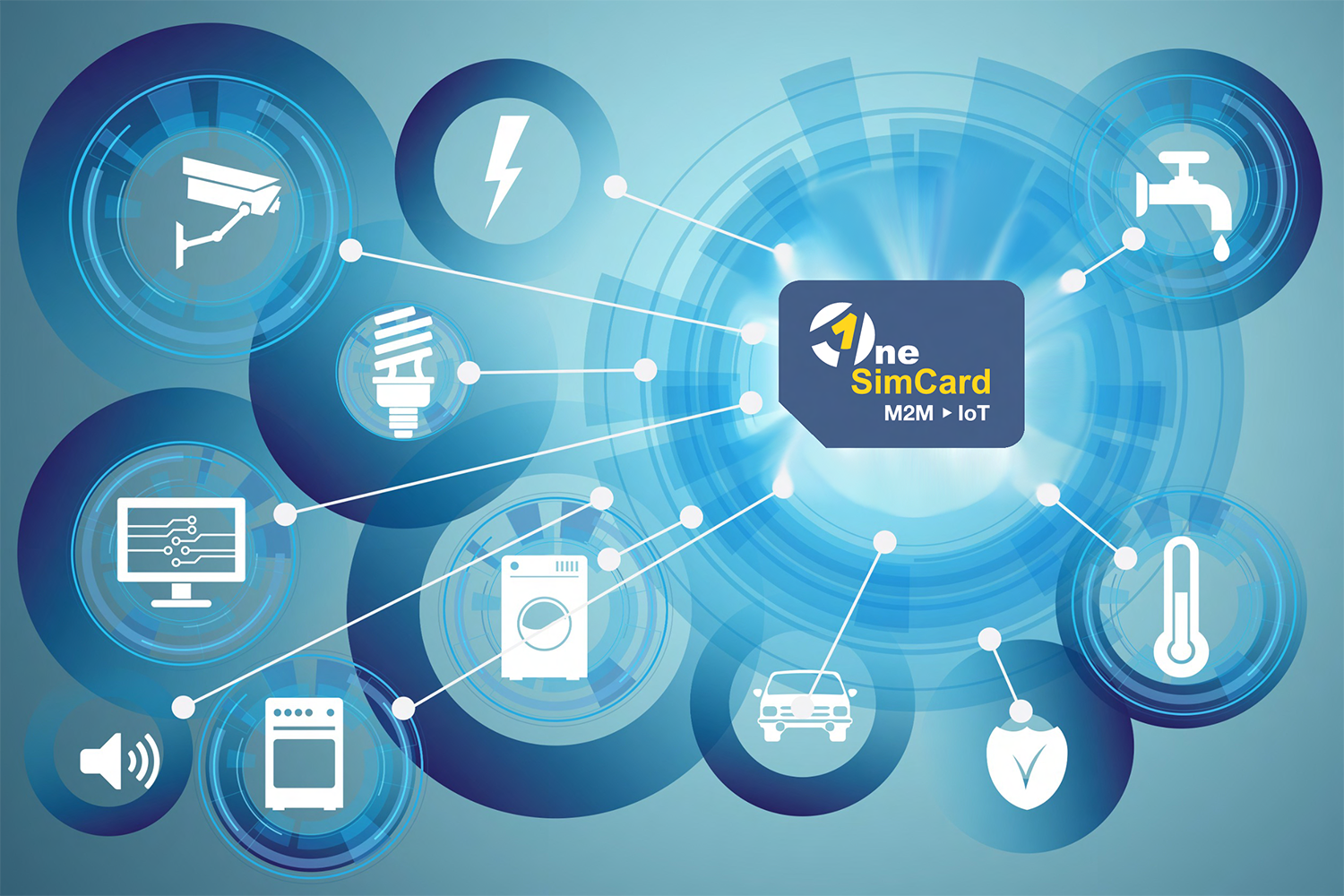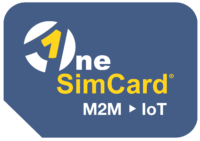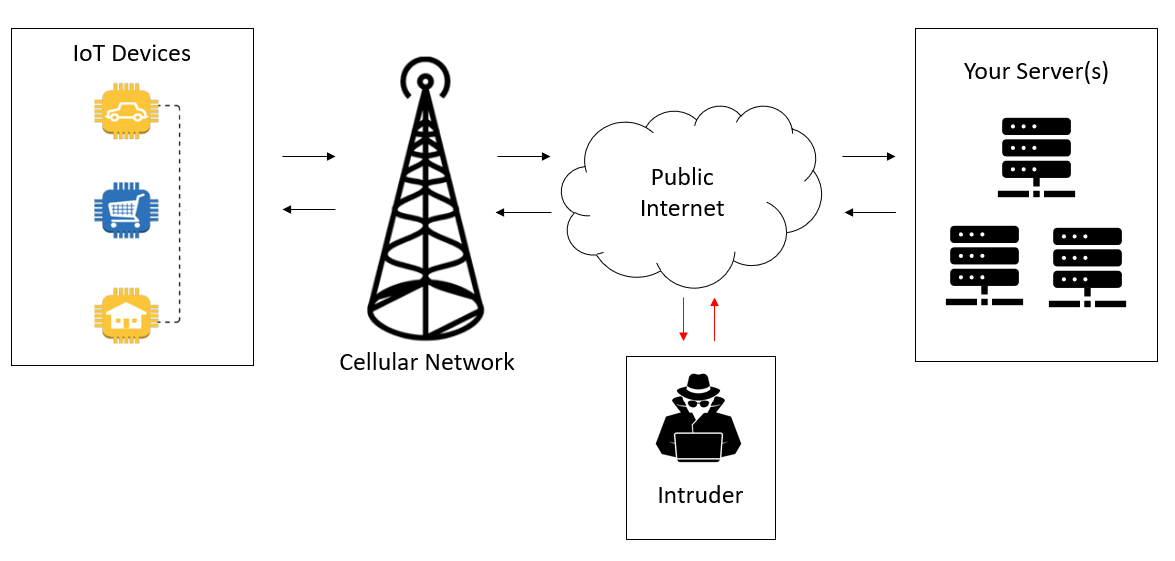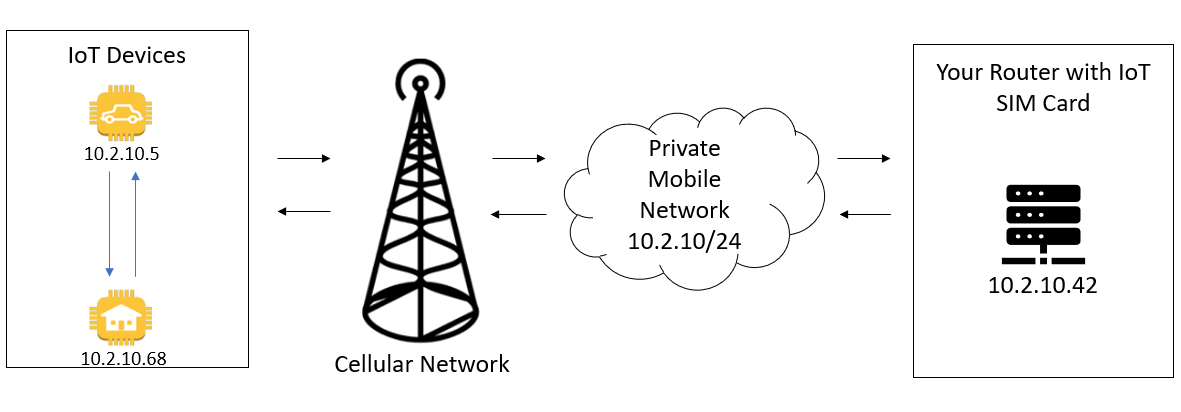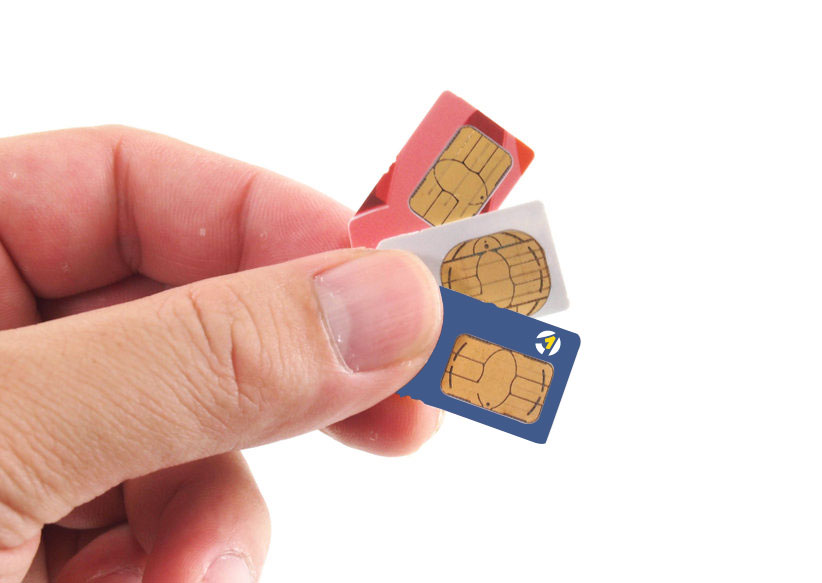
In a world where connectivity is king, the Internet of Things (IoT) has emerged as a game-changer, seamlessly integrating devices and systems to enhance efficiency and convenience. At the heart of this digital revolution lies the unsung hero – the IoT SIM card. Join us as we embark on a journey to break the limits and explore the pinnacle of connectivity with the best IoT SIM cards of 2024.
Unveiling the Powerhouse of Connectivity
Picture this: a world where your devices communicate effortlessly, data flows seamlessly, and connectivity is not just a luxury but a necessity. This is the promise of IoT, and at its core is the choice of the correct SIM card. The best IoT SIM card is the lifeline, connecting your devices to the digital realm with unparalleled efficiency.
The Search for Excellence
With the ever-growing market of IoT SIM cards, the search for the best can be daunting. Fear not, for we’ve delved deep into the digital landscape to uncover the true champions. These SIM cards go beyond the ordinary, breaking the limits to redefine connectivity standards.
1. Unparalleled Speed and Reliability
The IoT SIM cards are not just cards but powerhouses of speed and reliability. Imagine your devices communicating at lightning speed, transmitting data without a hiccup. These SIM cards ensure a smooth and uninterrupted flow of information, making them the backbone of any IoT project.
2. Global Connectivity at Your Fingertips
No more boundaries – that’s the promise of the best IoT SIM cards. With global coverage, these cards empower your devices to join from almost anywhere on the planet. Whether your IoT project spans cities, countries, or continents, these SIM cards ensure your devices stay connected, breaking geographical barriers effortlessly.
3. Robust Security Measures
The IoT SIM cards offer robust security measures in a world increasingly concerned about data security. Your data is not just transmitted; it’s shielded by layers of encryption, ensuring confidentiality and integrity. These SIM cards provide peace of mind, knowing your IoT ecosystem can withstand potential threats.
4. Seamless Integration with IoT Ecosystems
Connectivity is not just about speed; it’s about how seamlessly your devices integrate into the larger IoT ecosystem. The IoT SIM cards aim to play well with various devices and platforms, ensuring a hassle-free integration process. Whether working with smart home devices or industrial sensors, these SIM cards are your key to a cohesive IoT network.
5. Cost-Effective Efficiency
The IoT SIM cards excel in speed and reliability and bring cost-effective efficiency to the forefront. These cards optimize data usage, ensuring high performance without breaking the bank. Whether managing a large-scale IoT network or a smaller project, experience top-tier connectivity without compromising your budget – a defining feature of the best IoT SIM cards in 2024.
Choosing the Best IoT SIM Card for Your Project
Now that we’ve explored the features that make the IoT SIM cards stand out, how do you choose the right one for your project? It all boils down to understanding your needs and considering data requirements, geographical coverage, and security protocols.
As you embark on your quest for the best IoT SIM card, remember – it’s not just a card; it’s your gateway to the pinnacle of connectivity. Break the limits, redefine possibilities, and let your IoT devices thrive in a world where seamless connectivity is not just a choice but a necessity.
In conclusion, the best IoT SIM cards are more than just tools; they are enablers of a connected future. Explore, experiment, and elevate your IoT experience with the powerhouses of connectivity that await you in 2024. The digital realm is calling – are you ready to answer with the best IoT SIM card at your disposal?

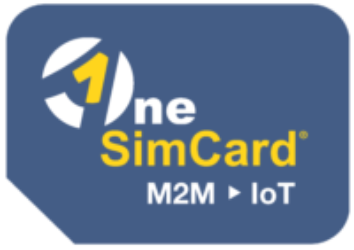
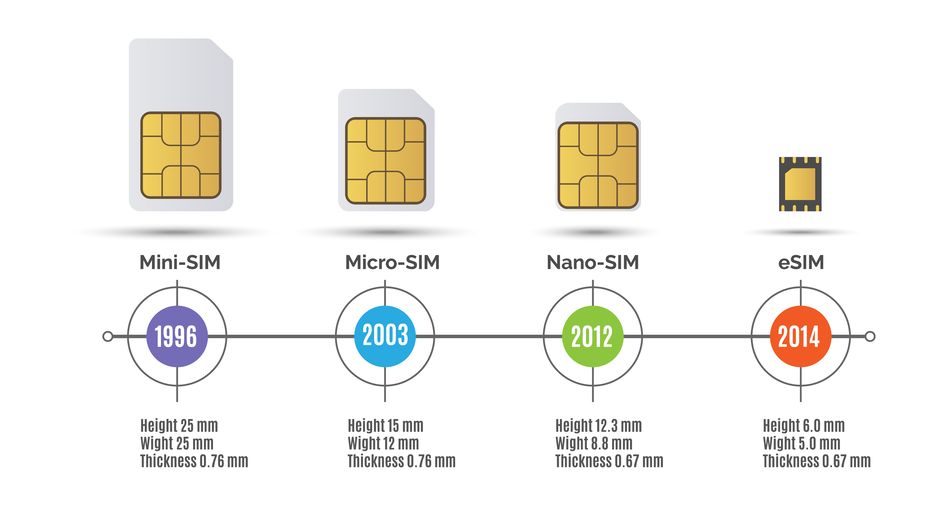

 Oh, fair audience, lend me your ears, for I shall speak of OneSimCard IoT and its wondrous IoT SIM card. In this age of technological marvels, where devices converge and speak in unison, OneSimCard IoT doth shine bright as a beacon of connectivity and enlightenment.
Oh, fair audience, lend me your ears, for I shall speak of OneSimCard IoT and its wondrous IoT SIM card. In this age of technological marvels, where devices converge and speak in unison, OneSimCard IoT doth shine bright as a beacon of connectivity and enlightenment.